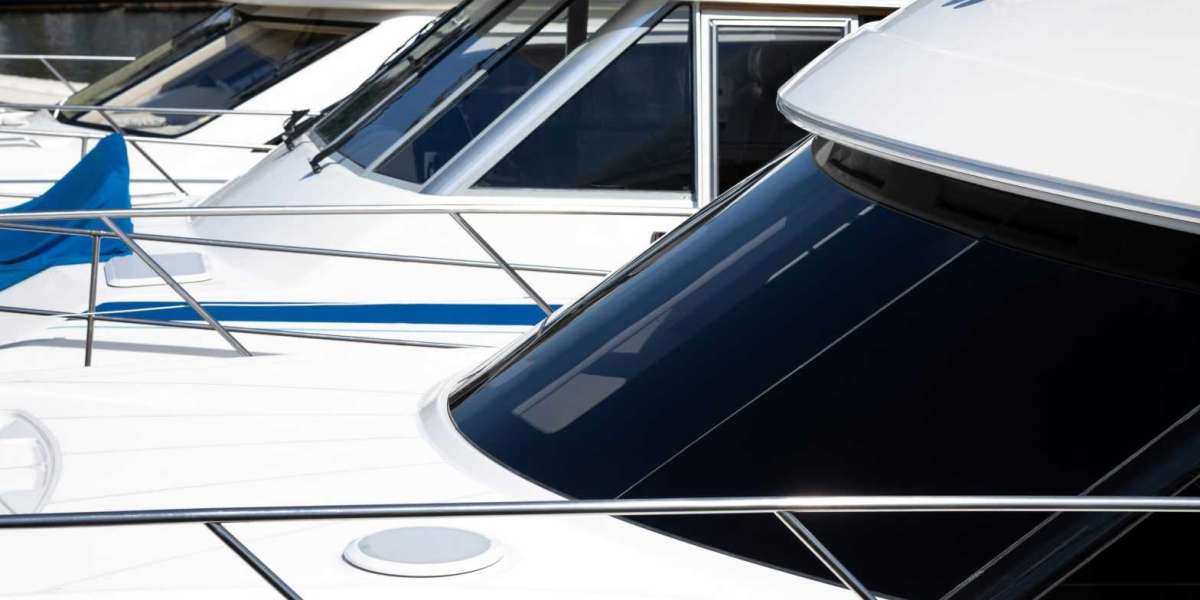While the process may seem straightforward, you should be aware of several critical steps and considerations before committing to window tinting for your boat. This article will guide you through what to expect during the window tinting process, from initial consultations to post-installation care.
Understanding Marine Window Tinting
Before diving into the process, it's essential to understand what window tinting entails. Unlike automotive tinting, which is typically applied to cars, marine window tinting is specifically designed for boats. The materials used are formulated to withstand the harsh marine environment, including exposure to saltwater, UV rays, and moisture. Marine tints come in various shades, levels of darkness, and performance features, providing options that suit your needs.
1. Initial Consultation
The first step in the marine window tinting process is an initial consultation with a professional service. You will discuss your goals and preferences with the technician during this phase. Key points to consider include:
Purpose of Tinting: Are you primarily looking for UV protection, glare reduction, heat control, or privacy? Understanding your priorities will help the technician recommend the best products for your needs.
Type of Tint: Marine tints are available in various types, such as dyed, metalized, or ceramic films. Each type offers different benefits, so it’s crucial to discuss these options in detail.
Legal Regulations: Different regions have specific regulations regarding the darkness and reflectivity of window tints. Your technician should be knowledgeable about these laws and help you choose a tint that complies.
Budget: Pricing can vary based on the type of film, the size of the windows, and the complexity of the installation. It’s important to set a budget early on.
2. Measurement and Preparation
Once you've chosen a tint and agreed on a plan, the technician will take precise measurements of your boat's windows. This step is crucial for ensuring that the film fits correctly. Following measurement, the technician will prepare the workspace. This typically involves:
Cleaning the Windows: A thorough cleaning of the windows is essential. Any dirt, dust, or debris can lead to bubbles and imperfections in the tint. The technician will likely use specialized cleaning solutions to ensure the glass is spotless.
Removing Existing Tint: If your boat already has window film, it may need to be removed. This process requires care to avoid damaging the glass.
3. Tint Selection
After preparation, you will have the opportunity to select the specific tint film you want to use. Factors to consider during this selection include:
UV Protection: Look for films that block a significant percentage of UV rays, which can help protect your skin and the interior of your boat from sun damage.
Heat Rejection: If you spend a lot of time on the water, heat rejection is crucial. Certain films are designed to reflect heat, keeping your boat cooler and more comfortable.
Clarity and Visibility: Depending on your needs, you may want a tint that maintains high visibility while still providing privacy and glare reduction.
4. Installation Process
The actual installation of the window tint is a delicate procedure that requires skill and precision. Here’s what you can expect:
Application of Film: The technician will carefully apply the film to the interior side of the windows. They will use tools like squeegees to eliminate air bubbles and ensure the film adheres smoothly to the glass.
Trimming: Once the film is applied, it will be trimmed to fit perfectly within Automotive window tinting. This step requires attention to detail to achieve a seamless look.
Curing Time: After installation, the film needs time to cure. This process allows the adhesive to bond with the glass. Depending on the type of film used, this can take anywhere from a few hours to a couple of days.
5. Quality Check
Once the installation is complete, the technician will conduct a quality check. They will examine the windows for any bubbles, imperfections, or areas where the film may not have adhered correctly. If any issues are found, the technician will make the necessary adjustments.
Post-Installation Care
After the installation is complete, it’s essential to understand how to care for your newly tinted windows. Proper care can significantly extend the life of the tint and keep your boat looking its best:
Avoid Immediate Cleaning: For the first few weeks, avoid cleaning the windows to allow the adhesive to set properly. If you must clean them, use a soft cloth and avoid any abrasive materials.
Use Safe Cleaners: When it’s time to clean your tinted windows, use cleaners that are safe for window films. Ammonia-based cleaners can damage the tint and should be avoided.
Regular Inspections: Periodically check your tinted windows for any signs of peeling or bubbling. Addressing these issues early can prevent further damage.
Conclusion
Marine window tinting can significantly enhance the comfort, safety, and aesthetics of your boat. By understanding the process—from initial consultation to post-installation care—you can make informed decisions and ensure a smooth experience. Always work with a reputable professional who can guide you through the options and provide quality service. With the right tint, you can enjoy your time on the water even more, free from excessive heat and harmful UV rays.







